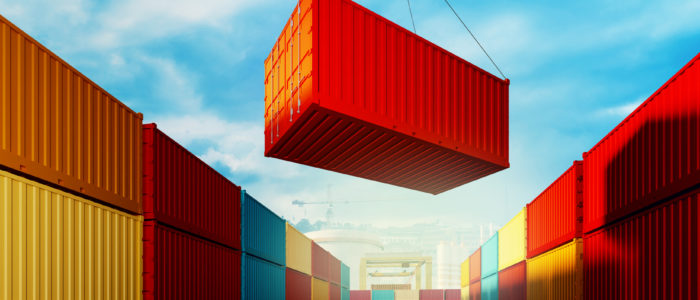Container congestion, let’s talk about it for a quick minute. While it might seem irrelevant to you or that you have no idea what I am talking about, this topic is impacting you either directly or indirectly every day. If you have braved the outside world to shop from a physical cart compared to your digital one, you might notice that stores have large swaths of empty space on shelves, or maybe you’ve been looking to buy a new car, but prices are high and options are limited. Why is that? No clue? Don’t worry, the class is in session!
Econ 101
In economics, there is a nifty principle called “supply and demand.” But what happens when said supply is unavailable while demand stays consistent or increases? Prices increase, or in some cases, the products become unavailable. Currently, this is not being done by dastardly folks who want to keep you from your favorite towels at Target or jack up the prices to pad the bottom line. It is a direct result of global container congestion.
Bottlenecked
Okay, so what is “container congestion” you ask? Simply said, cargo is being bottlenecked in the supply chain. But as with anything, it’s not that simple. There are so many containerships at ports of entry around the world filled with goods ready to be offloaded, but there just aren’t enough people to unload or places to put the goods once they are received. Even when cargo has been unloaded, finding equipment and transportation to move it within the domestic portion of the supply chain is problematic.
We have seen both shortages in trucking and embargoes on rail that have exacerbated the issues at ports of entry, compounding the problems tenfold.
How it Started
It’s easy to see the main antagonist of this story; COVID-19. Once the pandemic hit, the majority of consumers made a run on supplies (remember how scarce TP was back then?) and then shifted to eCommerce for most of their shopping needs. The unexpected skyrocketing of eCommerce and overwhelming demand for supplies caused a shock to most supply chains.
How it’s Going
This shock has yet to be alleviated and as stated previously, the global supply chain has yet to have a chance to breathe or catch up from the impacts of early 2020. Even with ports shutting down overseas due to continual outbreaks of COVID, our own battle with the variants along with the backlog and lack of space and equipment are continuing to overwhelm the ports and keep supply chains strained. There are no quick fixes to the ongoing logistics issues facing the globe right now. Container congestion is here to stay, at least into 2022 according to some experts, and with that comes price volatility, fewer options while shopping, but more importantly a need to remain educated and patient. Things will get better. When? No one is quite sure. But it’s only a matter of time.


Comments are closed.